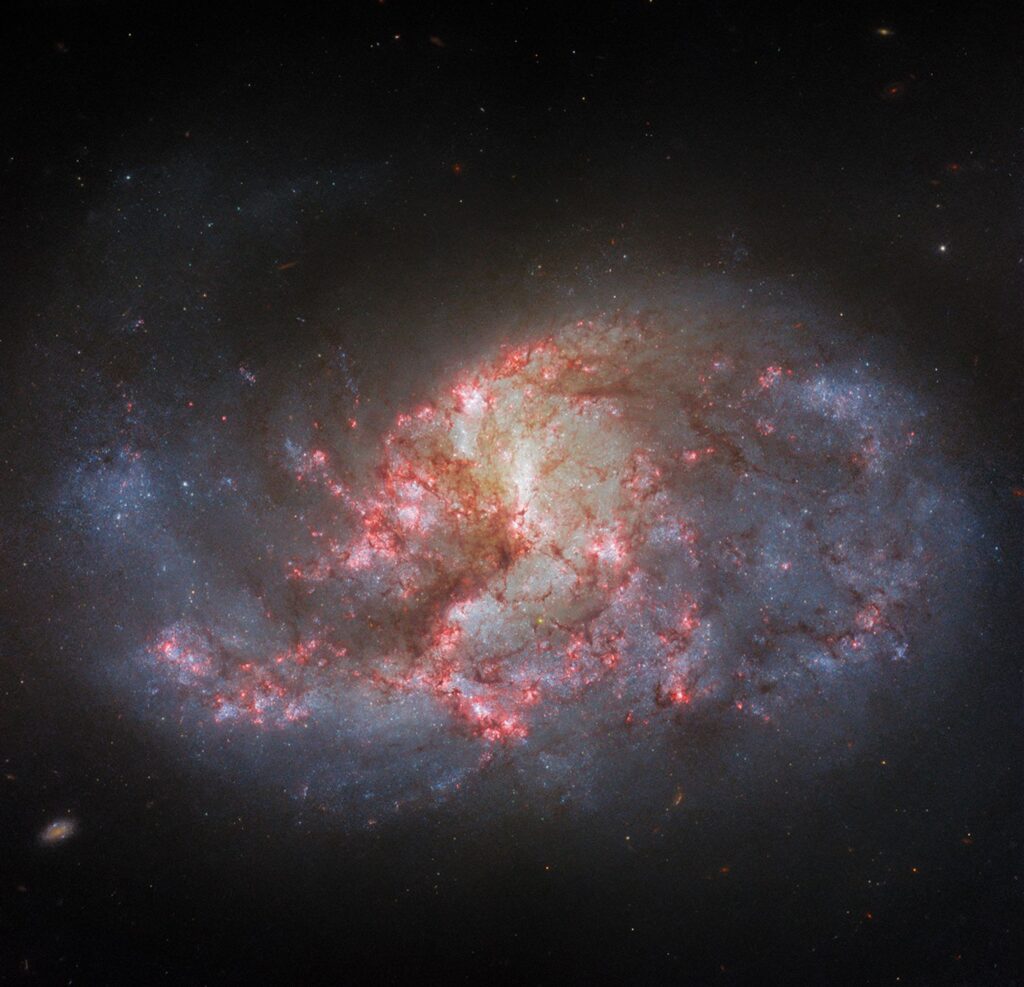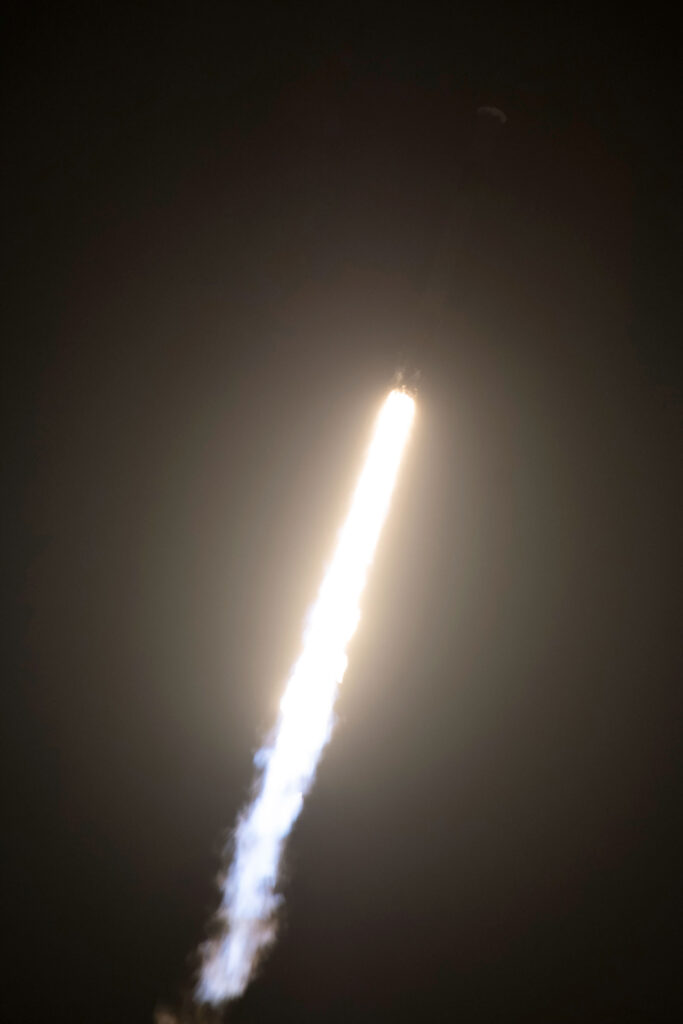In a historic first, all six radio frequency antennas at the Madrid Deep Space Communication Complex – part of NASA’s Deep Space Network (DSN) – carried out a test to receive data from the agency’s Voyager 1 spacecraft at the same time on April 20, 2024. Known as “arraying,” combining the receiving power of several antennas allows the DSN to collect the very faint signals from faraway spacecraft. A five-antenna array is currently needed to downlink science data from the spacecraft’s Plasma Wave System instrument. As Voyager gets further way, six antennas will be needed.
Related posts
-

When the sun dies, could life survive on the Jupiter ocean moon Europa?
Can life survive in the solar system once the sun dies and becomes a red giant... -

Hubble Filters a Barred Spiral
Explore Hubble Hubble Home Overview About Hubble The History of Hubble Hubble Timeline Why Have a... -

SpaceX launches 23 more Starlink satellites from Florida (video)
SpaceX sent another batch of its Starlink satellites into low Earth orbit from Florida early Tuesday...